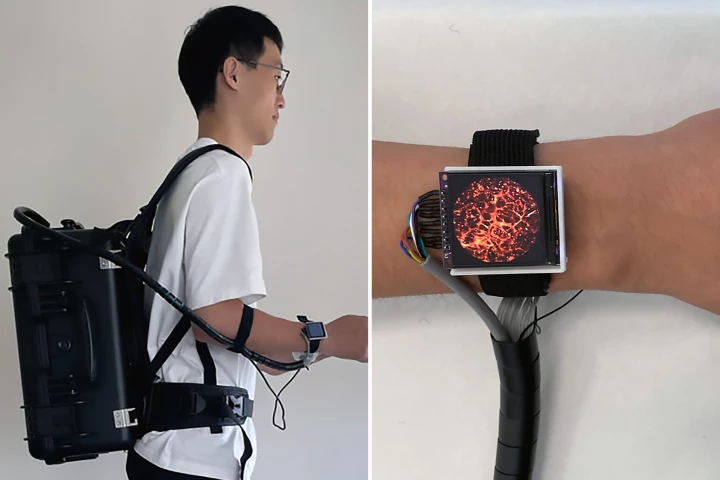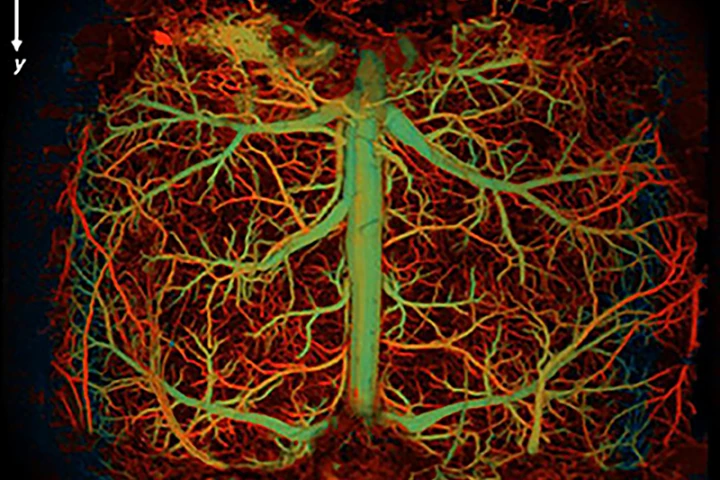Photoacoustics
-
Researchers at the University of Buffalo are hoping to make breast cancer screening easier and quicker than ever before, with a detection technique that only requires patients to press up against a window for a minute to get accurate results in 3D.
-
A tiny high-resolution photoacoustic imaging device that fits into a watch has been developed, offering a non-invasive way of measuring health parameters that indicate how well your heart is ticking along. It also looks cooler than any Apple Watch face.
-
Scientists at Duke University have developed an ultrafast photoacoustic imaging system capable of capturing the functional and molecular changes that occur in major brain disorders such as stroke, dementia, and acute brain injury.
-
It sometimes seems that as soon as another form of biometric ID authentication is developed, someone devises a way of fooling it. According to its creators, however, a new 3D finger vein-scanning system cannot be duped.
-
Looking for impurities in drinking water or other liquids typically involves chemical analysis, which may be time-consuming. Now, however, scientists have created an inexpensive system in which light – that's converted to sound – is used to instantly determine if water is safe to drink.
-
In the quest for a safer, more accurate alternative, Dutch researchers have proven photoacoustic imaging can be used to detect and visualize breast tumors.
-
Scientists at Stanford University’s School of Medicine have created nanoparticles that are able to precisely highlight brain tumors both before and during surgery.
-
By combining an imaging technique and a contrast agent, two scientists at Washington University in St. Louis have developed a solution that produces high clarity, 3D images of melanoma.







